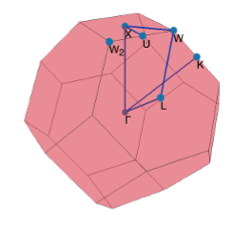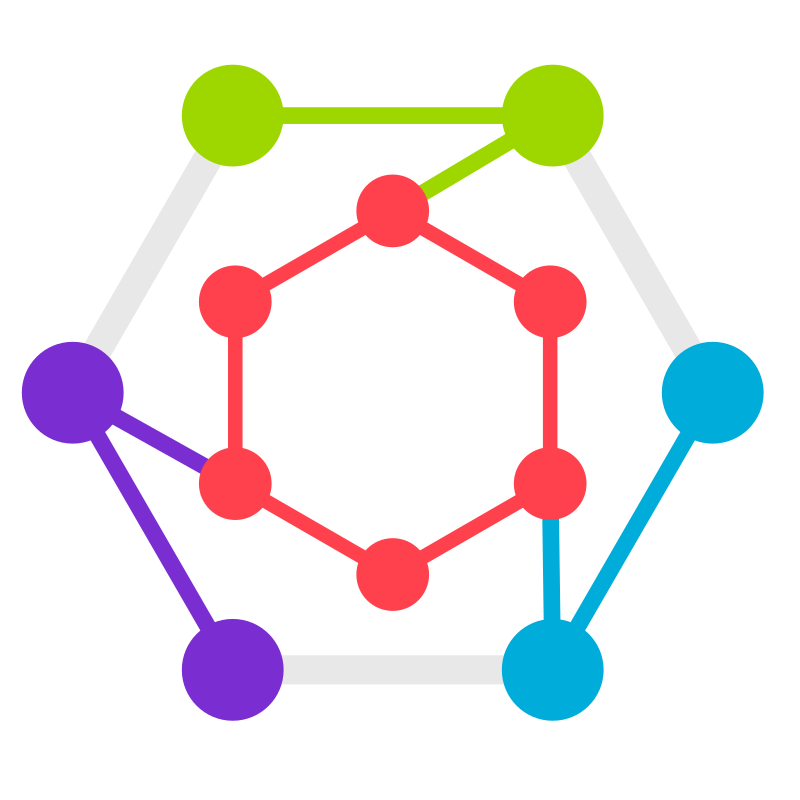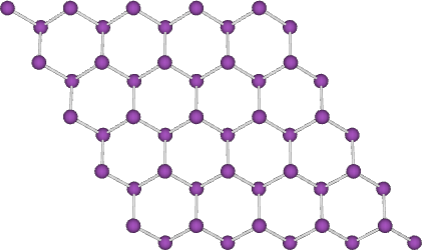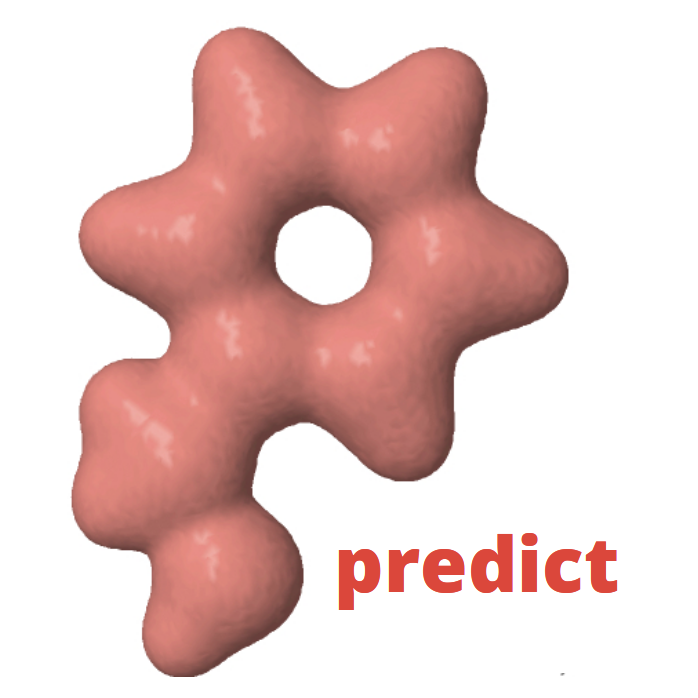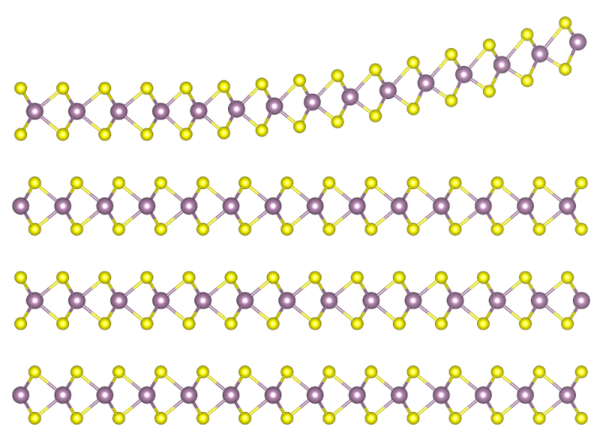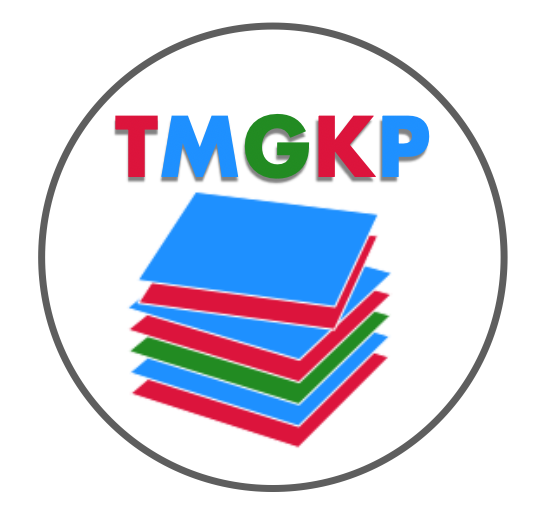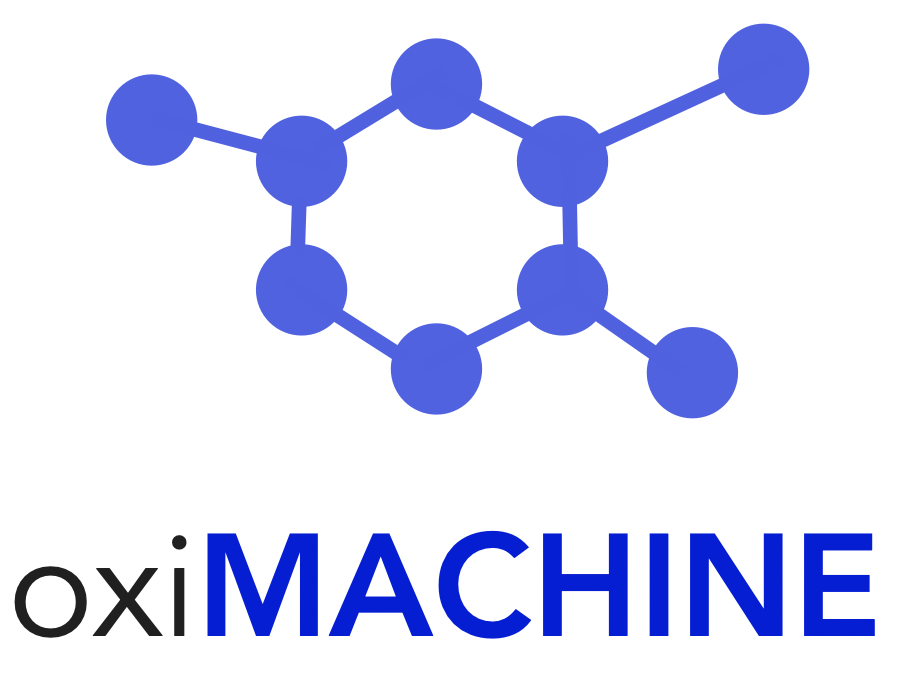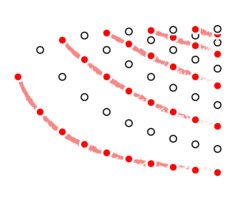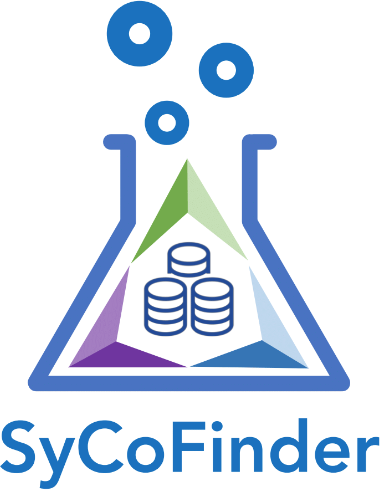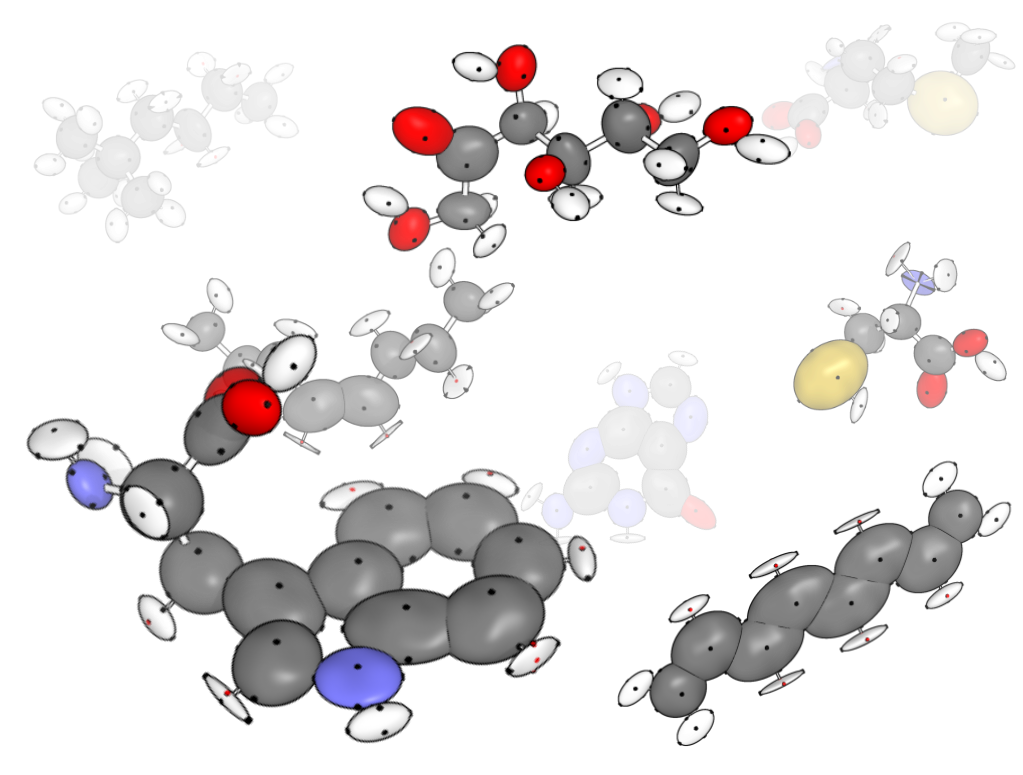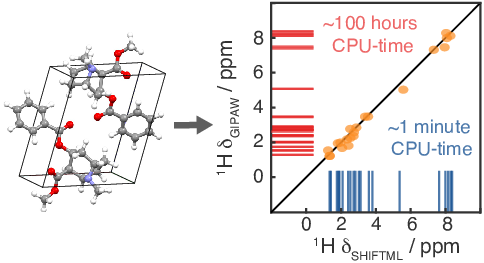Work with your data
Tools
Computational tools offered as a service: no download, no installation, but click-and-run.
Description: A tool to generate the input file of the Quantum ESPRESSO PWscf code and to visualize the corresponding structure.
Description: A k-path finder that provides band paths compatible with space group symmetry, and an interactive 3D visualizer.
Description: A friendly client to search through materials databases and other implementations exposing an OPTIMADE RESTful API.
Description: A tool for the interactive visualization and inspection of lattice vibrations.
Contributed Tools
The tools below have been contributed and are maintained by authors affiliated with the Materials Cloud partners.
Description: This tool predicts the electronic density of molecules using a symmetry-adapted Gaussian process regression model.
Description: A tool to interpret crystallographic data and retrieve the connectivity, total charge, and spin of molecular complexes and their components including the oxidation state (OS) of metal atoms and the charge of ligands.
Description: This tool allows users to upload the bulk crystal structure in several standard formats (or to choose from a few examples), and then layered structures are identified based on geometrical criteria. Finally, after generating feature vectors representing the crystal structure, the tool uses a machine learning model to see if the crystal structure can be exfoliated or have high binding energy.
Description: A tunable model for the energy spectrum of twisted mixed multilayer graphene.
Description: This tool takes a crystal structure and predicts the oxidation state for each metal site.
Description: A tool to upload the bulk crystal structure of a layered material and determine the symmetry of the inter-layer force-constant matrices and the corresponding optical-activity fan diagram.
Tight-Binding Electronic Transport Application (TBETA) for graphene nanoribbon junctions DOI 10.24435/materialscloud:av-24
Description: A tool for building and analyzing electronic transport properties of graphene nanoribbon junctions.
Description: A tool for optimizing the experimental synthesis conditions for metal-organic frameworks using machine learning and genetic algorithms.
Description: A machine learning framework for the prediction of molecular polarizabilities based on comparisons of local environments.
Description: A machine learning model to predict the isotropic chemical shielding of molecular crystals containing H, C, N, O
and S, including the uncertainty of the prediction, and an interactive 3D visualiser.



